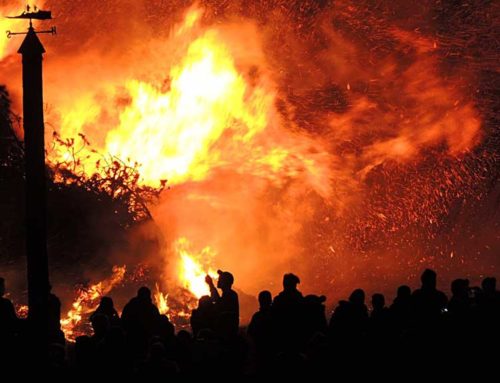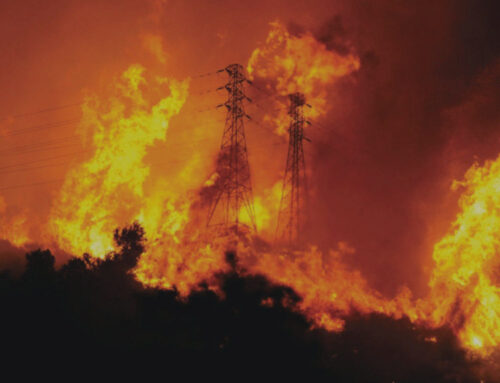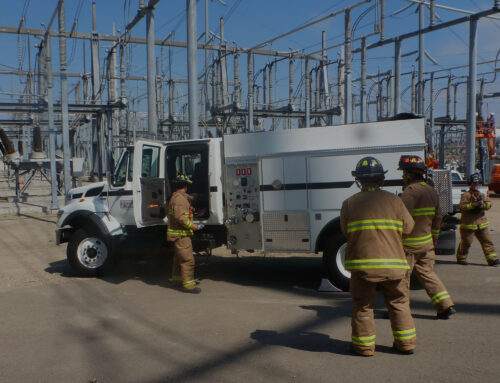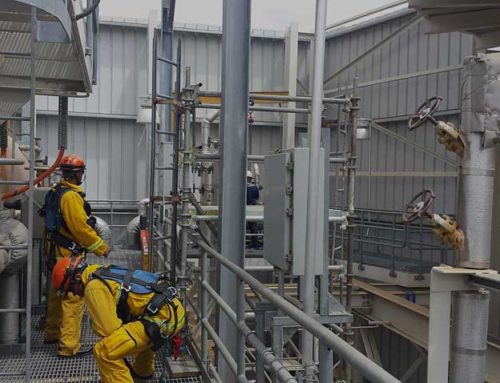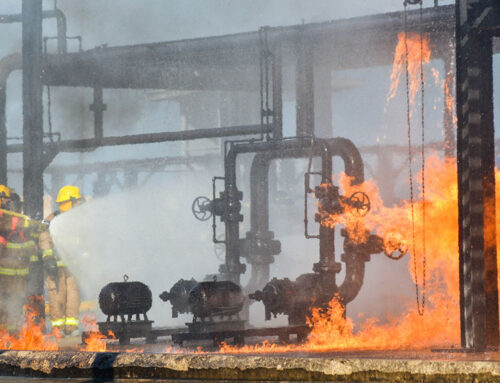The utility industry faces one of the most unique set of threats in terms of fire and safety. From natural gas leaks to transformer malfunctions to external threats, such as wildfires — the cost to infrastructure and human loss is undeniable. The risks make gas and electric companies learn to expect the unexpected and prepare for the worst. But often, they find that strictly relying on internal resources is simply not enough. Nothing demonstrates the need for gas and electric fire safety to go above-and-beyond then when the unexpected is just that — completely unexpected.
Lessons from the Cedar Fire
The Cedar Fire remains one of the largest California wildfires in history. The blaze began in late October 2003 and sieged Southern California until late November — destroying nearly 300,000 acres of land and ultimately taking the lives of 15 people. Among that destruction was numerous utility resources. As the fire spread rapidly, local gas and electric infrastructure was engulfed in the blaze. In some cases, these resources actually fueled the flames — adding to the loss.
Local first responders were traditionally depended on to protect utility resources. However, these responders were stretched to their limits while combating the Cedar Fire. They had to protect the community and minimize the loss to human life. The costs were simply too great to allocate resources to effectively defend the utility company’s infrastructure.
In the end, the utility company endured over $30 million in fire-related damages. This doesn’t include the loss to delayed services and the hit to their reputation. It took considerable time for the company to rebuild and restore service. It was a costly lesson, they wouldn’t soon forget.
Since the Cedar Fire was far from the last historic Californian wildfire, the local gas and electric company knew to prepare for the next unexpected blaze, they needed to partner with an expert in gas & electric fire safety to reduce costs, protect service, and uphold safety standards.
They chose to align with an industry-leading gas and utility fire prevention and safety management partner, whose resources could be deployed at a moment’s notice in a disaster. They chose to partner with Capstone.
Partnering with Capstone for Gas and Electric Fire Safety
Capstone’s breadth of services aim at mitigating risks and quickly responding to threats. Their ability to deploy private industrial fire services for an internal or wildfire emergency was bar none.
The utility company contracted Capstone to provide a fleet of Type-6 fire engines, each equipped with at least two firefighters and a dedicated EMT. All equipment and personnel adhered to National Wildfire Coordination Group (NWCG) standards and were fully competent firefighting resources.
Capstone went beyond just insuring work activities would not start a fire, but were prepared to extinguish a potential wildfire blaze. While local first responders work to protect the community during a wildfire, Capstone’s team would strategically allocate a fleet of private fire fighters to protect gas and electric resources — including technical hot spots and resources highly-dependent on providing service.
Nearly a decade since the Cedar Fire, wildfires are still an uncomfortable norm in the California. But thankfully, none have carried even close to the same cost to this utility company thanks to the proactive partnership with Capstone. It’s a partnership that’s upheld brand’s values, put safety first, reduced costs and — most importantly — saved lives.
To learn more about our fire and safety services, visit Capstone Wildland Fire Services page. To begin a discussion about fire and safety services you may need, contact us.


